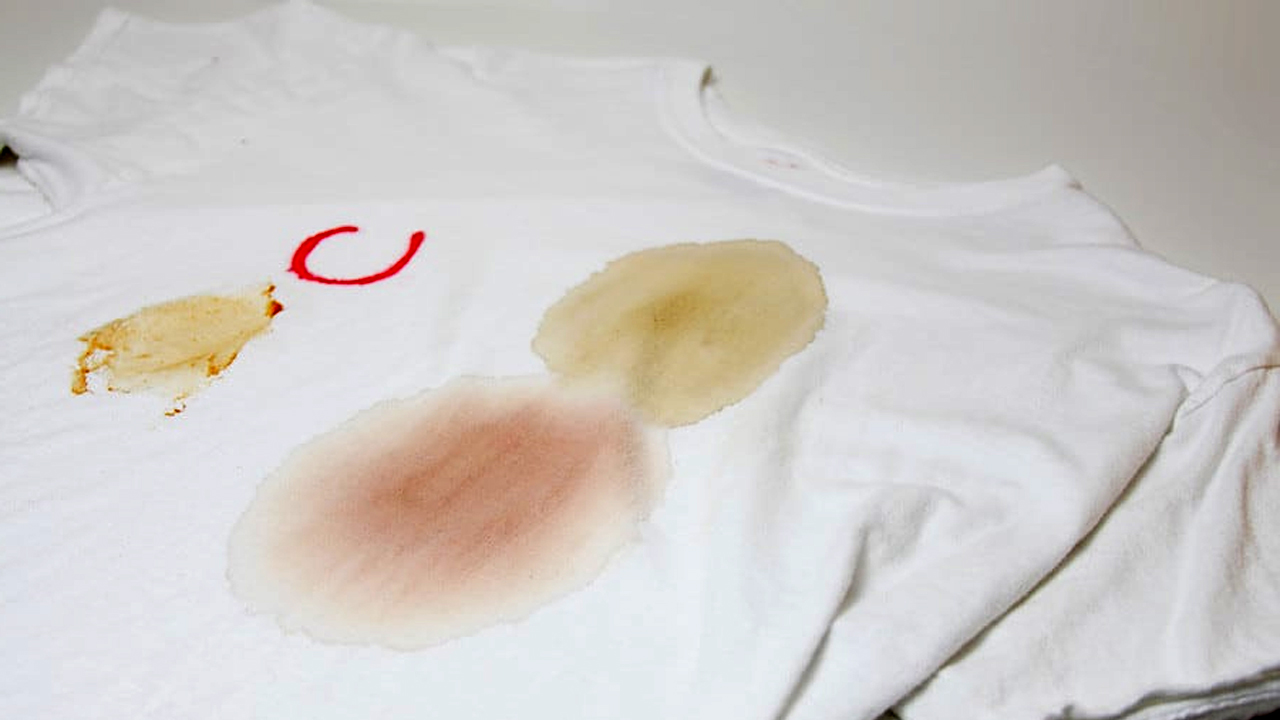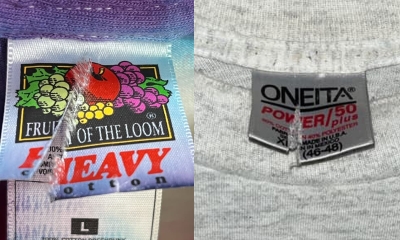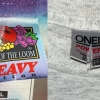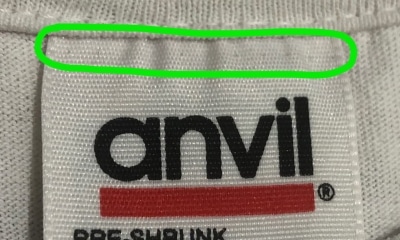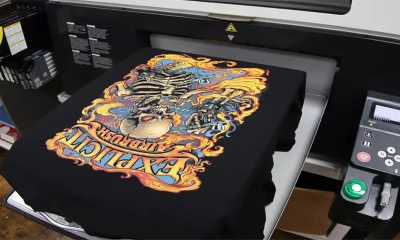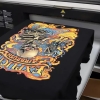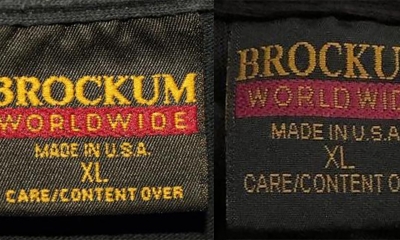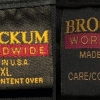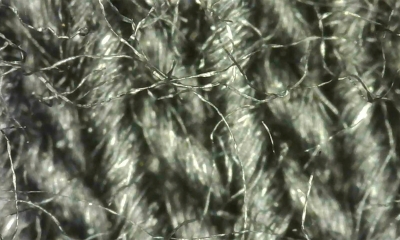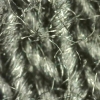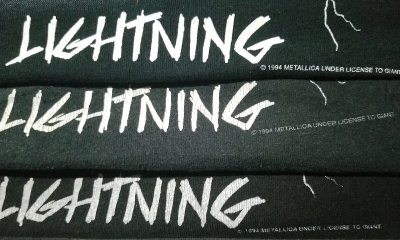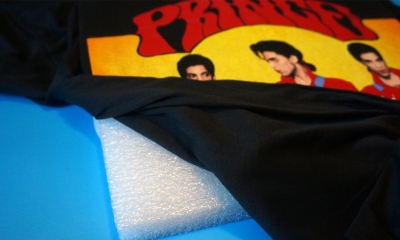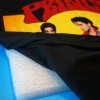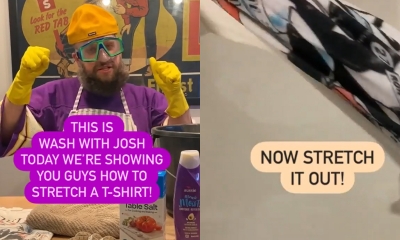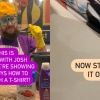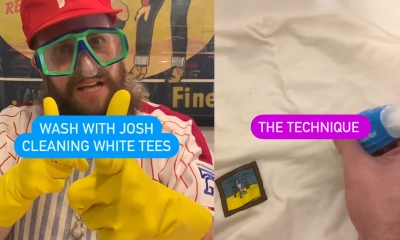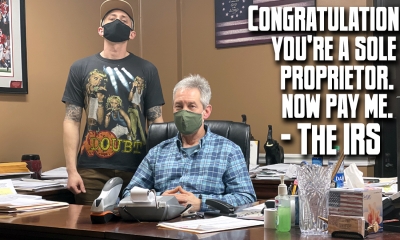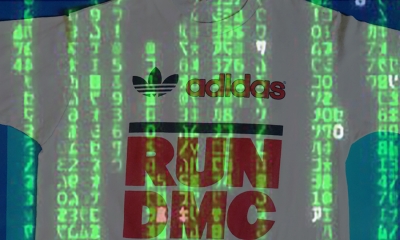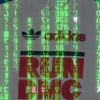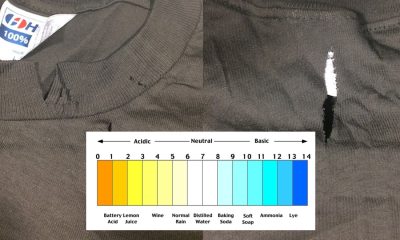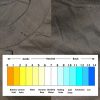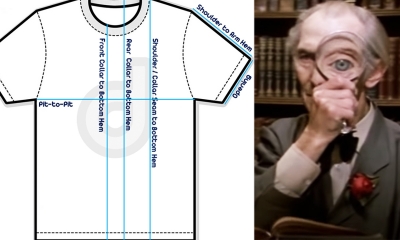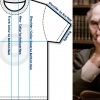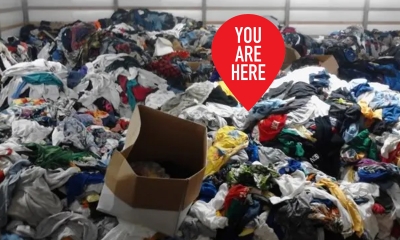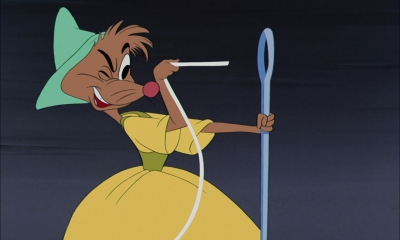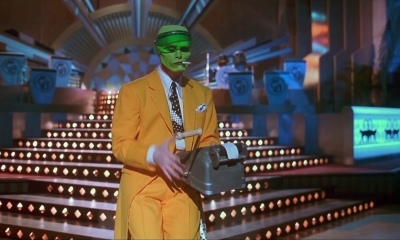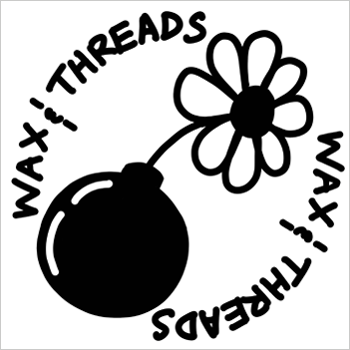How To
The Ultimate Vintage T-Shirt Stain Removal Guide
You tried rubbing liquid detergent directly on the stain and you washed the shirt in a hot cycle. Are you ready to get serious now? Good. To create this guide I approached 20 sellers with vintage t-shirt expertise, begging them to share their top-secret techniques. These veterans definitely know a thing or two about removing tough stains given most of their enemies are decades old. Their techniques have successfully eliminated many vintage stains and will help you restore that grail in your vault.
Traditional Stain Removal Methods

Lemons and limes
Fresh citrus is your best impromptu weapon – especially when you’re chewing with your mouth open at a fancy restaurant and a piece of meatball drops on your vintage tuxedo… shirt. Go ahead and dip your fingers in your date’s water and rescue that drowned lemon wedge. (Don’t stick your fingers in your own drink, who knows where those fingers have been.) Rub the wedge directly on the stain while running to the loo so you can rinse it with warm water. The PH levels in the citrus will help prevent the stain from setting and help cut the grease. At this point your date has left the restaurant, so get home quick-time and apply some of the techniques below.
White vinegar
If it’s fast-food joints you frequent, white vinegar can also be used to prevent a new stain from setting – ie. fry grease. It can also work wonders on old faint blemishes, nasty pit stains, ring-around-the-collar and combat the musky odor of old shirts. It’s super cheap, does no harm to the environment, and, more importantly, will not damage the fabric on your precious t-shirt. Problem is, it requires extended soak time, re-soak time, and extra rinse to remove the odor.
Toothbrush
An old toothbrush and a little elbow grease can go a long way in applying whatever product you decide to use. Scrub clockwise and counter-clockwise, then do the same to the reverse side of the fabric. It doesn’t hurt to chant “Unga Bunga” repeatedly to show respect to the gods of stain.
Bleach
Bleach can be a very effective and inexpensive method of battling stains, but it’s not without its downside. For obvious reasons, it can only be used to battle stains on white t-shirts. A ringer shirt probably isn’t a great candidate either. It also requires special care and handling so you don’t ruin some innocent fabric or your shag carpet. Fear not, bleach will not have any effect on the design of the shirt so long as it’s a screen-print where the ink sits on top of the fabric. Some pre-80s prints were often made using water-based inks that were absorbed by the cotton in the shirt – do not use bleach on these items or your design will be severely impacted. Actually, you’ll probably be left without a design, so be careful.
You can identify the safe candidates by closing your eyes and running your fingers across the fabric and design, if you can determine where the design begins, you’re safe. This process, however, may dull the tag, so if you have a pristine “Screen Stars” tag, expect it to fade after a bleach wash. You might consider sealing the tag for the final wash.
For best results meticulously apply bleach diluted with water directly to the stain using a cotton tip swab, try not to color outside the lines. Then let it sit for a few minutes. Sometimes you’ll actually see the stain start to fade right before your eyes. If that’s the case you can re-apply if you see magic before your eyes, but always make sure to get it in the wash immediately afterward. Bleach destroys some stains but can also corrode cotton and affect the integrity of the fabric. The goal is to remove the stain only. If you put a hole in the fabric in the process, do not pass go, do not collect $200. Some people claim to have white-based dry rot shirts, but it’s more likely that the garment was just overexposed to bleach.
Make sure to add in the manufacturer’s suggested portion of bleach to the washing machine to bring back the rest of the shirts white luster, otherwise you might end up with a reverse stain. This occurs when you eliminate only the stain on a shirt that is ever so slightly off-white. Set the washer to warm/hot, with an extra rinse to expunge the fabric of all the bleach.
We have found this process works wonders on stains that are typically present on new old stock and some organic stains.
Essential Stain Removal Products

Oxy Clean
Oxy is a little more expensive, but you’ll know where that extra money went when you witness the amazing results the snap-crackle-and-pop powder provides. It’s almost as powerful as bleach is on whites, and they claim it’s safe to use on all colors and won’t damage the fabric like bleach can, although be warned it does fade colors, at least in my experience. You can target specific spots by dipping only portions of the blemished fabric in a tiny bowl full of water and concentrate, or you can do an extended soak in a larger container and tackle the entire t-shirt. It safely works wonders on pit stains, grease, grass, dirt, and other mystery stains. If you only buy one product on this list, buy this one.
Fabric Rust Removers
Rit and Carbona are fabric rust removers. Why would rust be on a shirt? This usually occurs when a t-shirt is on a metal hanger for an extended period of time. Humidity causes the hanger to corrode and it leaves rust stains along the shoulder line of the tee. Rit does a spectacular job of specifically removing rust, but it’s worth giving these two products a chance to fight other stains as well. If you’ve got a stubborn stain on your hands you might as well use everything in your arsenal.
Spray n Wash / Shout
Spray N Wash and Shout both make regular and extra-strength versions of their product. Why? For those days you just feel like fading a stain rather than getting rid of it? Skip right to the hardcore version and get to work. Shout in particular has a gel concentrate that’s been known to reap some positive results – mainly because of the great scrub brush that’s attached. Most detergent companies also manufacture handy pens that are great for on-the-spot relief for protecting your investments. They’ll fit conveniently in a purse or the pocket of your jeans. And when she asks what’s in your pocket, just say you’re happy to see her.
Stain Pens
Our pal Josh from In Vintage We Trust uses these pens specifically on pit stains and swears by them. Accurately hone in on your enemy with pin point precision. We highly suggest checking out Josh’s process for brightening a white t-shirt.
Professional Equipment

Blow-Out, Knock-Out, or Spotting Guns
Every serious stain fighter should have a blow-out gun in their holster. These bad-boys were designed for use by screen-printing professionals to remove ink mishaps. They don’t come cheap, but in the screen-printing business, they can pay for themselves many times over by fixing mistakes that otherwise make the shirt a write-off. The gun contains a special chemical that is shot at the garment under high pressure to literally blow the ink away. It can have the same effect on paint, and a handful of other blemishes. Lock and load, then say, “hasta la vista” just before you annihilate your enemy.
Experimental Stain Removal Methods

If all the previous methods fail you, we highly suggest learning to cope with your stain. Try putting some effort into your relationship. Eventually, you’ll find your stain is a great listener and you just might warm up to it. But if you’ve got a shirt that’s blemished beyond wear, you might as well have a go at the following kamikaze methods. They’re rumored to be effective, but we can’t vouch for them – so make sure to thoroughly research the procedures on the net before you begin.
Nail Polish
Some say nail remover can be used directly on paint or other hard substances on your t-shirt. You’ll certainly be able to target the stains well with the brush.
Oven cleaner
This can be applied to white t-shirts, in the same manner, you would use bleach. If you’re feeling risque you can also apply it to colors, but make it quick and rinse it off, or it can fade the color quickly.
Hairspray
People have reported that hairspray can be used on marker and ink.
Milk & vinegar
Also reportedly good in the battle against ink stains. Mix two parts whole milk with one part white vinegar and soak the affected area overnight. Hang dry the garment afterward and then wash it as you normally would.
Boiling Water
There are lots of success stories floating around the internet about people who used their stain-fighting products in conjunction with boiling water. Just enter “stain removal boiling” into the Google machine.
Good luck. And please feel free to add your two cents about these (or any other) techniques you may have up your stain-free sleeves.
Special thanks to those who contributed: wycovintage, zimmermantwin, shirtswithballs, 4all2envy, stormcrow-vintage, vintagevantage, brokenheartvintage, doublesixvintage, silverruins, jollyrogersauctions, and hattrick.
Jimmy founded Defunkd in 2004 when he started selling vintage t-shirts online. 20 years of experience later and he hasn't looked back since. Actually, he looks back all the time given he's a sucker for nostalgia. For more, check the history of Defunkd and Jimmy's Expertise.


